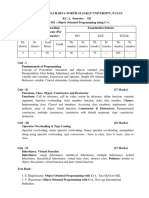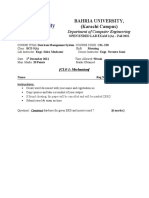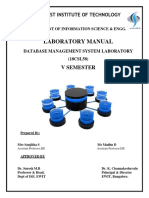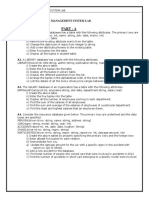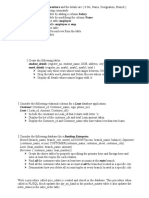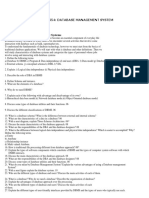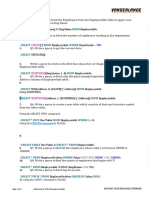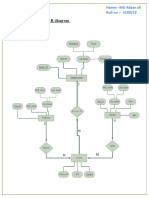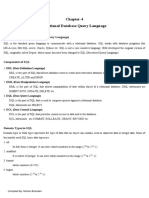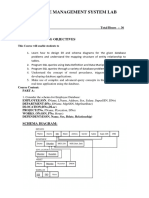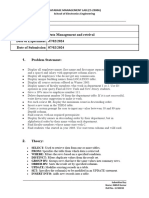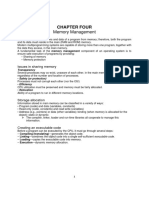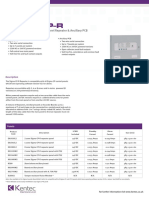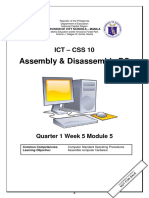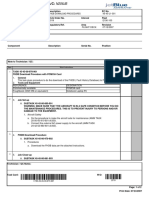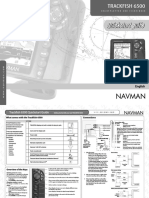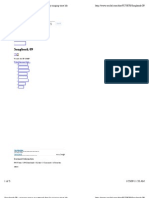0% found this document useful (0 votes)
299 views36 pagesDbms Manual
The document outlines a practical course on Database Management Systems for B.Sc (Data Science) students at Savitribai Phule Pune University. It includes various experiments aimed at executing SQL commands for managing databases, manipulating data, controlling access, and applying functions. Each experiment details specific objectives, commands, and expected learning outcomes.
Uploaded by
students4576Copyright
© © All Rights Reserved
We take content rights seriously. If you suspect this is your content, claim it here.
Available Formats
Download as DOCX, PDF, TXT or read online on Scribd
0% found this document useful (0 votes)
299 views36 pagesDbms Manual
The document outlines a practical course on Database Management Systems for B.Sc (Data Science) students at Savitribai Phule Pune University. It includes various experiments aimed at executing SQL commands for managing databases, manipulating data, controlling access, and applying functions. Each experiment details specific objectives, commands, and expected learning outcomes.
Uploaded by
students4576Copyright
© © All Rights Reserved
We take content rights seriously. If you suspect this is your content, claim it here.
Available Formats
Download as DOCX, PDF, TXT or read online on Scribd
/ 36
















